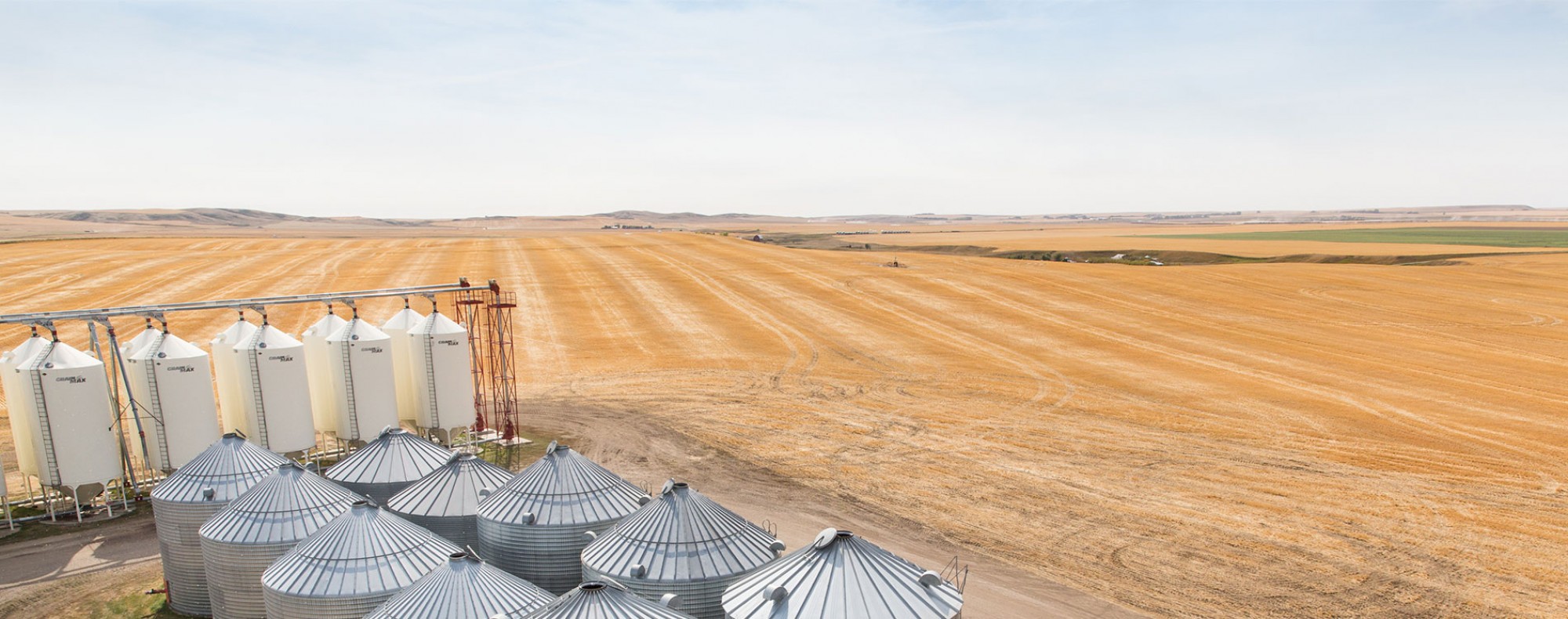Establishing a crop with high yield potential and quality requires sowing seed at ideal rates. Use the calculator below to determine appropriate seeding rates based on various agronomic and seed quality factors.


Establishing a crop with high yield potential and quality requires sowing seed at ideal rates. Use the calculator below to determine appropriate seeding rates based on various agronomic and seed quality factors.
For more information regarding seeding best management practices, see links below:
Desired seeding rate: Indicates the number of seeds sown (seeds/ft2).
Target plant stand: The desired target number of plants per ft2. This number indicates the number of plants that are expected to survive and contribute to yield.
Not every seed sown will result in a viable plant. Emergence mortality must be factored into desired seeding rates. Emergence mortality of 10% is often seen in cereal crops. It’s important to note that this new calculator differs from other seeding rate calculators. Therefore, emergence mortality is not included in the calculation. The desired seeding rate indicates the number of seeds sown. Farmers should use desired seeding rates that account for expected emergence mortality.
Target plant stand: The desired target number of plants per ft2. This number indicates the number of plants that are expected to survive and contribute to yield.
Target plant stand (plants/ft2)
Target seeding rate (seeds/ft2)
Seeding rate (lbs/ac)
lbs seed/acre to obtain seeds/ft2
Your seeder must be calibrated so each opener drops
This is equivalent to
The total amount of seed required is
lbs
The cost of the seed will be
Note: That the number of sown seeds that germinate, emerge and survive to become an established crop can be impacted by a number of factors such as soil crusting, poor vigour, poor seed/soil contact, biotic/abiotic stresses, etc.